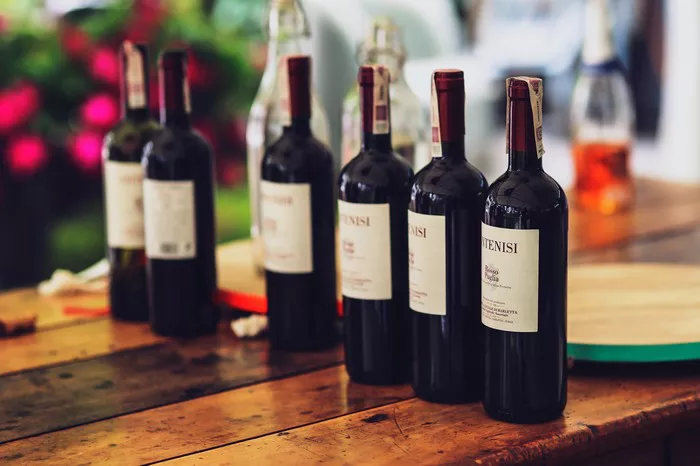Champagne is often associated with celebrations, luxury, and sophistication. It is a sparkling wine known for its effervescence, complex flavors, and elegant presentation. How you hold your champagne glass can affect not only the drinking experience but also the presentation of this fine beverage. Proper technique can enhance the flavors and maintain the bubbles that make champagne special. In this article, we will explore the best practices for holding a champagne glass, ensuring you enjoy every sip with style and grace.
1. The Importance of Holding a Champagne Glass Correctly
Preserving the Temperature
One of the main reasons for holding a champagne glass correctly is to maintain the ideal temperature of the champagne. Champagne is best served chilled, between 45-50°F (7-10°C). When you hold the glass by the bowl, your hand’s warmth can warm the champagne, affecting its taste and effervescence. Therefore, using the right technique helps keep your drink at the perfect temperature.
Maintaining the Bubbles
Champagne’s sparkle comes from the carbon dioxide (CO2) dissolved in the wine. Holding the glass correctly helps preserve the bubbles, enhancing the overall drinking experience. When you hold the glass by the stem or base, you minimize the risk of disturbing the bubbles, ensuring a more enjoyable sip.
2. The Ideal Way to Hold a Champagne Glass
Grip the Stem
The most recommended way to hold a champagne glass is by gripping the stem. This method is both elegant and practical. When you hold the glass by the stem, you avoid warming the champagne with your hand. This technique allows you to swirl the glass gently, enhancing the wine’s aroma without affecting its temperature.
Avoid the Bowl
Holding the champagne glass by the bowl is generally discouraged. This grip can warm the champagne, making it lose its chill and effervescence. Additionally, it may cause fingerprints to smudge the glass, which can be visually unappealing.
Using the Base
Some people prefer to hold the glass by the base, where the bowl meets the stem. This method also helps in maintaining the champagne’s temperature. However, it is less common than holding the stem directly. The base grip can be used if the glass does not have a stem or if it is a champagne flute without a prominent stem.
See Also: What To Pair With Sweet Red Wine? A Full Guide
3. Types of Champagne Glasses and Holding Techniques
Flutes
Champagne flutes are the most traditional and popular choice for serving champagne. They have a tall, narrow shape that helps retain the bubbles and concentrate the aromas. When using a flute, always hold it by the stem to prevent warming the champagne and to preserve its elegant presentation.
Coupe Glasses
Coupe glasses, or champagne saucers, are vintage-style glasses with a broad, shallow bowl. They were popular in the 19th century but are less common today. Although stylish, coupe glasses are less effective at preserving bubbles compared to flutes. If using a coupe, the same principle applies: hold the glass by the base or stem if available.
Tulip Glasses
Tulip glasses have a shape similar to flutes but with a wider bowl that tapers towards the top. This design helps capture the aromas of champagne while preserving the bubbles. Hold tulip glasses by the stem, as with flutes, to ensure that you do not warm the champagne.
4. How to Serve Champagne for Optimal Enjoyment
Chill the Champagne
Before serving, ensure that your champagne is properly chilled. Place the bottle in an ice bucket filled with ice and water for about 20-30 minutes. This cooling process helps achieve the ideal serving temperature.
Pouring Champagne
When pouring champagne, hold the bottle at a slight angle and pour gently into the glass. Aim to pour down the side of the glass to minimize agitation and preserve the bubbles. Fill the glass about two-thirds full to allow space for the bubbles to rise and for you to enjoy the aroma.
5. Common Mistakes to Avoid
Handling the Glass Incorrectly
One common mistake is holding the glass by the bowl. This can warm the champagne and affect its taste and effervescence. Always use the stem or base to hold the glass.
Overpouring
Pouring too much champagne into the glass can cause excessive foam and waste bubbles. Aim for about two-thirds full to maintain a pleasant drinking experience.
6. The Etiquette of Drinking Champagne
Toasting with Champagne
When toasting with champagne, hold the glass by the stem to avoid warming the beverage. Clink glasses gently to avoid spillage and maintain the elegance of the toast.
Drinking Technique
Sip champagne slowly to savor its flavors and effervescence. Rushing through the drink can diminish the overall experience and reduce the enjoyment of the bubbles.
Conclusion: Mastering the Art of Holding a Champagne Glass
Holding a champagne glass correctly is a simple yet crucial aspect of enjoying this elegant beverage. By gripping the stem or base,you preserve the champagne’s ideal temperature and effervescence, enhancing your overall experience. Whether you’re celebrating a special occasion or simply enjoying a glass of fine champagne, employing these techniques will ensure you savor every sip with sophistication.


